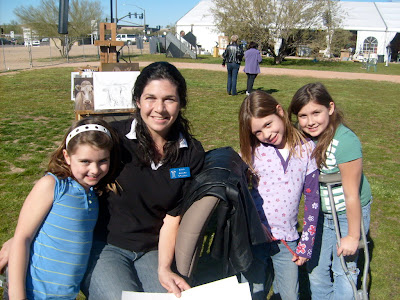
This Halloween keep your kids on an even keel with these health and nutrition tips:
1. Eat lean proteins such as chicken and complex carbohydrates like brown rice before eating sweets to decrease the associated blood sugar spike. Eating lean protein or complex carbohydrates will help slow down the absorption of the sugar into your blood stream. Did you know that in order for you to lose weight, you must keep your blood sugar level steady to allow your body to burn fat?
2. Offer your children a healthy meal before Trick or Treating. The less hungry they are the less likely they are to overload on candy.
3. During the holiday season keep fresh fruit on the kitchen counter so when your kids grab-n-go they choose fresh fruit over sweets.
4. If candy is a must, offer your children lollipops instead of candy bars. In general, hard candies have fewer calories than chocolate. For example, 2.1 oz of a snickers bar has 280 calories compared to a lollipop with only 22 calories. That means, a snickers bar has over 12x more calories than a piece of a lollipop.
5. Buy your candy at the last minute to avoid eating the candy ahead of time. Consider buying a candy that you don't like to avoid the temptation of eating it
when handing out candy to trick or treaters.
6. After Trick-or-Treating offer to buy the candy your kids gathered for 5 cents a piece, they'll have money to go shopping and you'll have less of a headache from their screaming sugar rush.
7. Donate the candy to a day camp, shelter or school, teachers use one piece at a time for academic reinforcement. One piece at a time is the perfect portion.
Halloween is a time for family and fun. Developing a plan for health ahead of time is the key.
Source: Arnel Ricafranca is the owner of Fitness Boot Camp.





